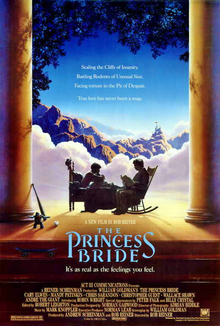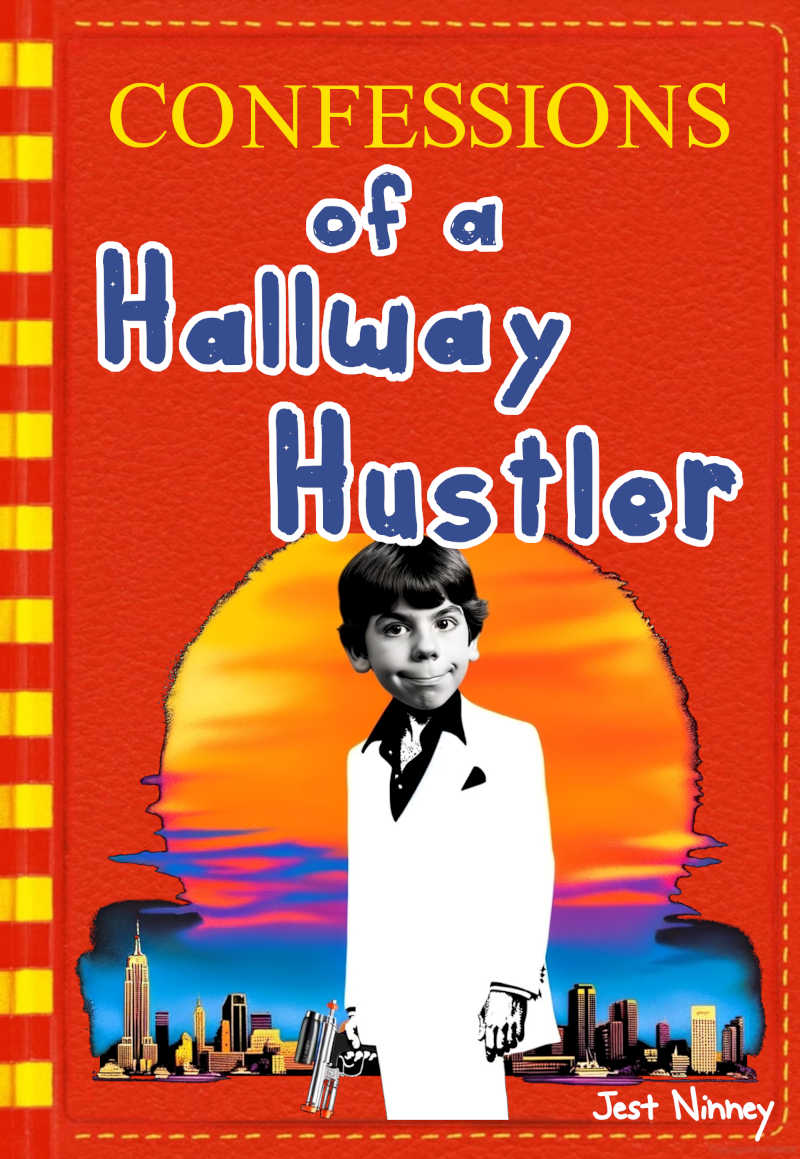Introduction
“The Princess Bride” is a 1987 fantasy adventure film directed by Rob Reiner, based on a 1973 novel of the same name by William Goldman. The movie is a blend of romance, adventure, and comedy.
It tells the story of Westley, a young man who sets out to rescue his true love, Princess Buttercup, from an unwanted marriage to the villainous Prince Humperdinck. The film explores themes like the power of true love, the absurdity of political power, and the importance of friendship and loyalty.

Parody in The Princess Bride
Parody is the imitation of a particular style, artist, or genre with deliberate exaggeration for comic effect. “The Princess Bride” employs parody to both pay homage to and critique various elements of fairy tales, adventure stories, and societal norms.
Below are five specific ways the movie uses parody.
1. The Damsel in Distress
Nature of the Parody
Princess Buttercup starts as the quintessential damsel in distress, waiting to be rescued by her true love, Westley. However, as the story progresses, she shows agency and takes part in her own rescue.
Target of the Parody
This parodies the traditional fairy tale trope of the helpless damsel who is entirely dependent on a male hero for her rescue.
Implied Criticism
The film criticizes the outdated and sexist notion that women are passive figures in need of saving. By giving Buttercup agency, the movie challenges this stereotype and encourages a more nuanced view of female characters.
2. The Swashbuckling Hero
Nature of the Parody
Westley, also known as the Dread Pirate Roberts, is a skilled swordsman and a fearless hero. Yet, he also displays wit, humor, and vulnerability, making him a well-rounded character.
Target of the Parody
This parodies the one-dimensional swashbuckling heroes commonly found in adventure stories and fairy tales.
Implied Criticism
The film suggests that heroes can be complex individuals with a range of emotions and skills, challenging the traditional, simplistic portrayal of heroism.
3. The Inconceivable Villain
Nature of the Parody
Vizzini, the Sicilian criminal mastermind, constantly uses the word “inconceivable” and prides himself on his intellect. Despite this, he is easily outsmarted by Westley.
Target of the Parody
This parodies the trope of the infallible villain who believes he is the smartest person in the room.
Implied Criticism
The film criticizes the overconfidence and arrogance often attributed to villains in traditional stories, showing that intelligence is not the sole domain of evil characters.
4. The Over-the-Top Duel
Nature of the Parody
The sword fight between Westley and Inigo Montoya is filled with acrobatics, banter, and dramatic flair, going beyond the bounds of a typical duel.
Target of the Parody
This parodies the classic sword fights found in adventure tales and swashbuckling films, which are often overly serious and lack humor.
Implied Criticism
The film suggests that traditional duels are often too focused on action and lack character development. The parody serves to enrich the story by adding depth to the characters involved in the duel.
5. The Satirical Take on True Love
Nature of the Parody
While the movie celebrates the idea of true love, it also pokes fun at it. For example, Westley’s line, “As you wish,” is a romantic way of saying “I love you,” but it’s also played for laughs.
Target of the Parody
This parodies the overly sentimental and idealized notions of love often found in fairy tales and romance stories.
Implied Criticism
The film criticizes the unrealistic expectations set by traditional tales about love, suggesting that love is complex and should not be reduced to simple catchphrases or idealized concepts.

